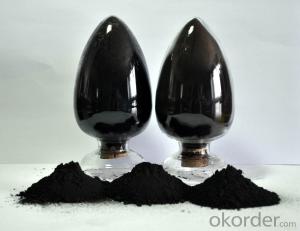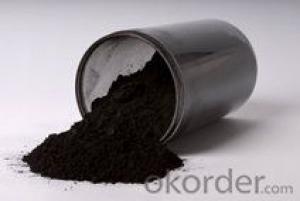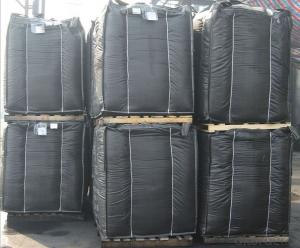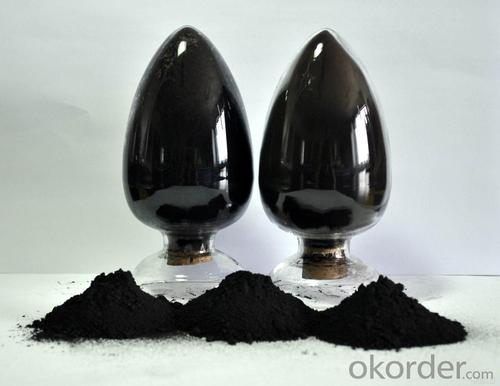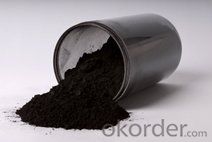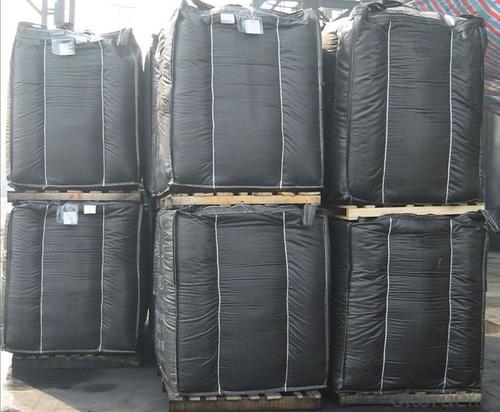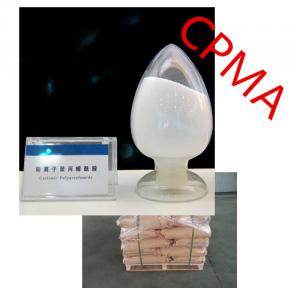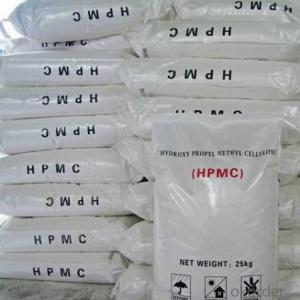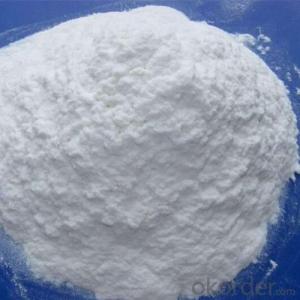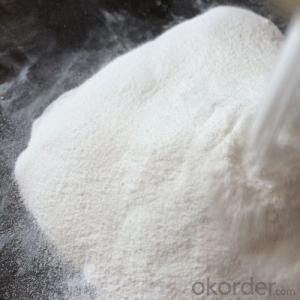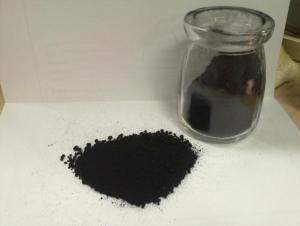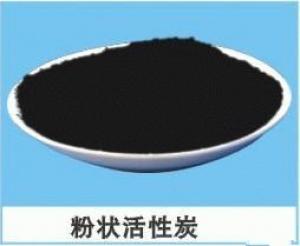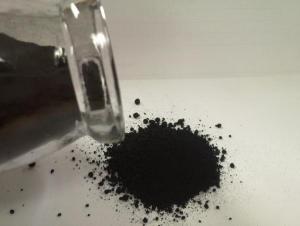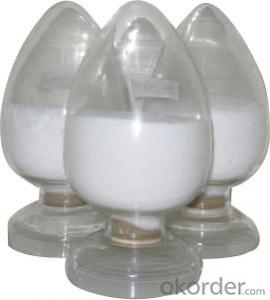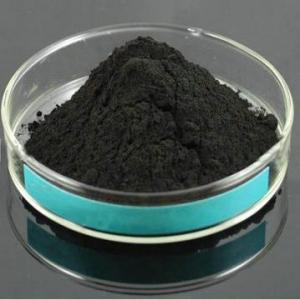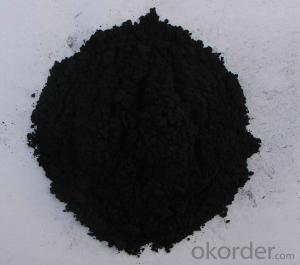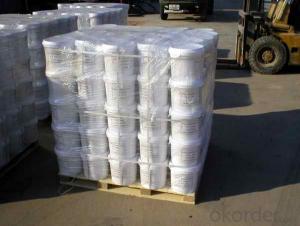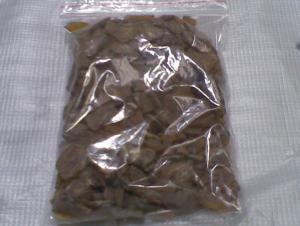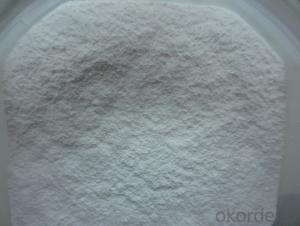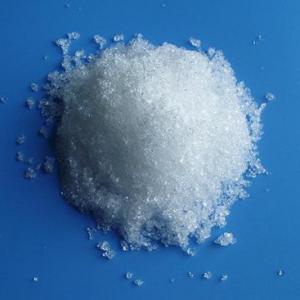Carbon Black Acetylene Black Powder
- Loading Port:
- Tianjin
- Payment Terms:
- TT OR LC
- Min Order Qty:
- -
- Supply Capability:
- 10000MT m.t./month
OKorder Service Pledge
OKorder Financial Service
You Might Also Like
Acetylene black powder
Product Description:
Conductive Carbon Black:
1. Usage : conductive rubber, plastic, radio conductive elements etc.;
2.Product Status: Black granular;
3.Standard: ISO 9001:2000
Suggest for Use:
This product has the low resistance or high resistance performance characteristics, can gift products conductive or anti-static function. Its characteristic is small particle size, specific surface area is large and rough, the structure is high, the surface clean (compounds less), etc.
TDS of the Acetylene black: (Standard:GB/T3782-06)
Items | Unit | index |
Dubigeon(cm3/g) | cm3/g | 41 |
Resistivity(Ω·m)≤ | Ω·m | ≤2.5 |
PH |
| 7.5 |
purity(%)≥ | % | ≥99 |
Oil Absorption(ml/100g) | ml/100g | 360 |
Iodine value(㎡/g) | (㎡/g) | 320 |
Heating loss%≤ | % | ≤0.2 |
Ash %≤ | % | ≤0.17 |
Semolina %≤ | % | ≤0.01 |
Hydrochloric acid to absorb ml/g≥ | ml/g | 4.5 |
Safety:
As a matter of good industrial hygiene, gloves and safety glasses with side shields or better eye protection should be worn when handing Carbon Black , For more information, refer to the MSDS.
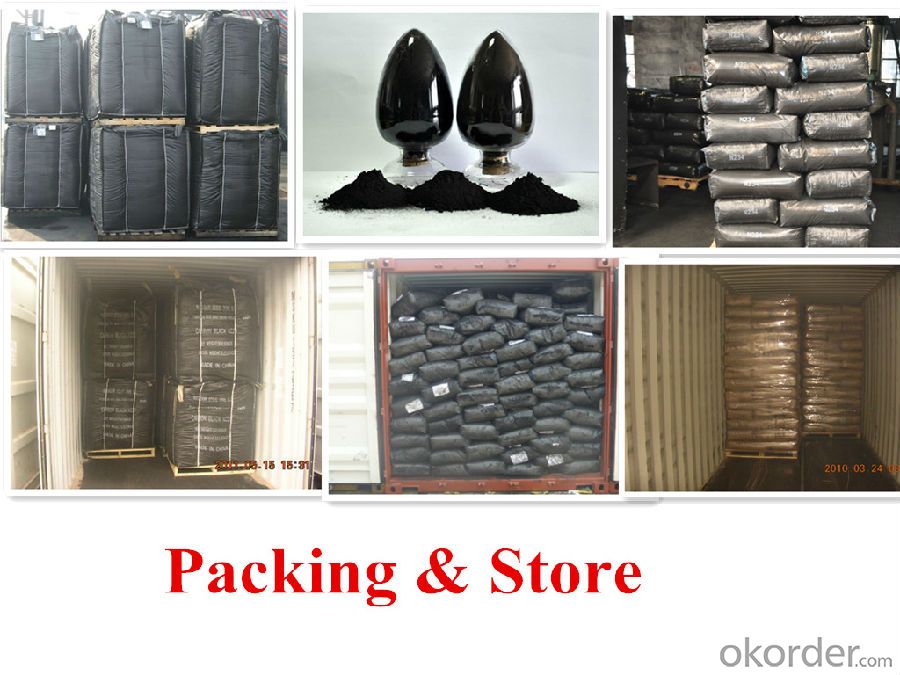
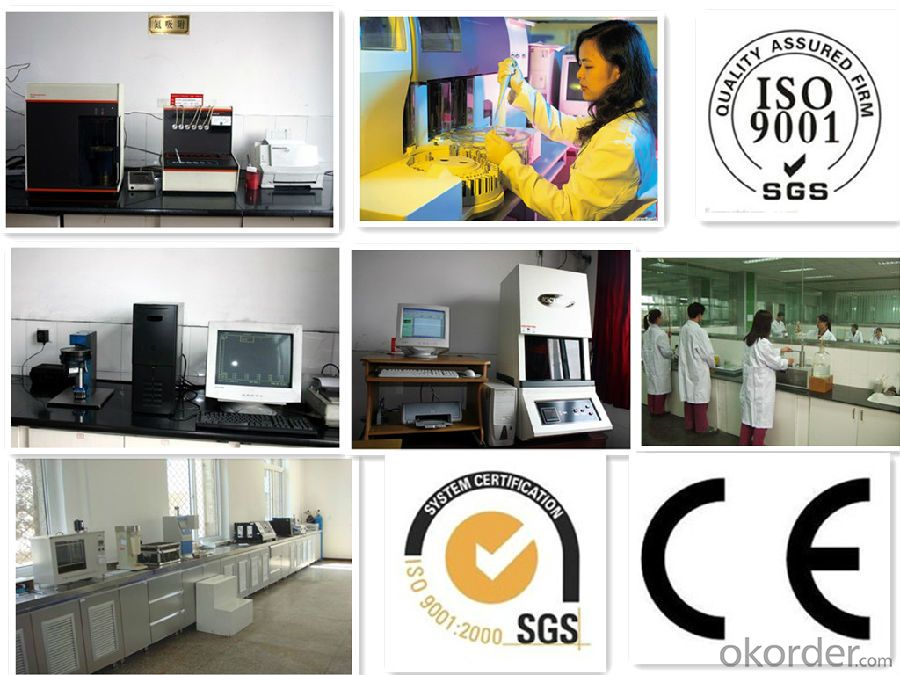
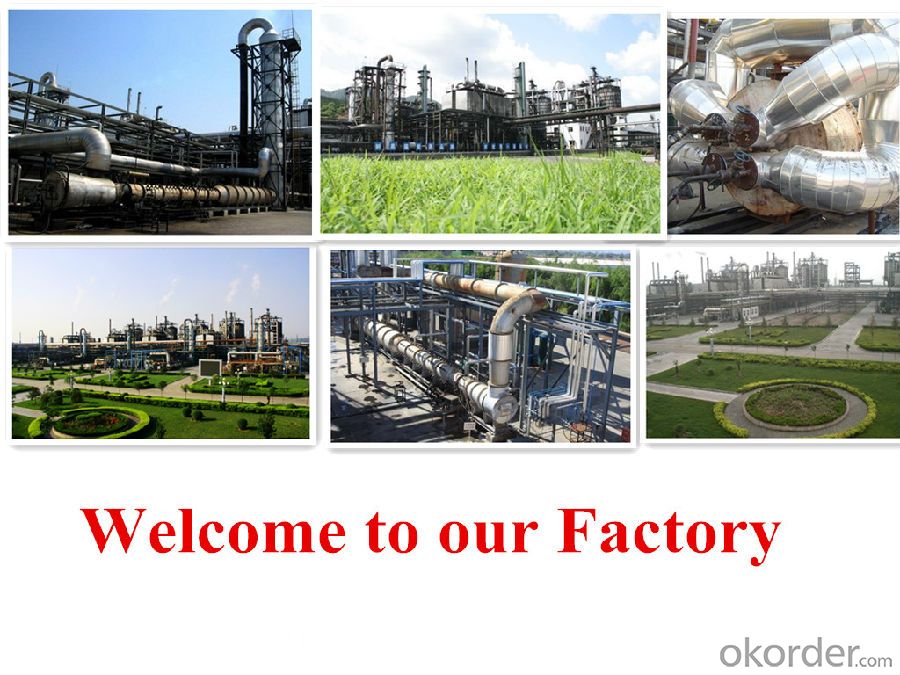
- Q: The best use of chemical catalysts
- Do not know what you want to use the best thing is what the catalyst is generally used in the process, there will be an initial induction period, the catalytic activity is relatively low, and then reached a stable catalytic state, this paragraph is generally called the catalyst life, the final Due to poisoning, active ingredient aggregation and so on factors, the catalyst activity will be reduced, then need to replace the new catalyst
- Q: The properties of scandium
- Sci-Scandium (Sc) Basic knowledge Introduction In 1879, Swedish chemistry professor Nelson (LFNilson, 1840 ~ 1899) and Clive (PTCleve, 1840 ~ 1905) were almost simultaneously in rare mineral silica beryllium yttrium and black The mine found a new element. They named this element "Scandium" (scandium), ...
- Q: What is the maximum impact of the chemical reaction rate? Such as catalyst, temperature, concentration. If you can, you can row order.
- Temperature and concentration also depends on the specific circumstances of the situation
- Q: What are the properties of the catalyst (eg, specificity)?
- The definition of a chemical reaction in the chemical reaction can change the chemical reaction rate of other substances, and its quality and chemical properties before and after the reaction did not change the material called catalyst, also known as catalyst. Catalyst in the role of chemical reaction There is also a saying that the catalyst reacts first with one of the reactants and then the two products continue to undergo a new chemical reaction under the original conditions and the reaction conditions of the catalyst reaction are more reactive than the original reaction The reaction conditions of the catalyst have been changed by the reaction of the catalyst by the reaction of the catalyst, that is, the quality and chemical properties mentioned above did not change before and after the reaction.
- Q: Can manganese dioxide be used as a catalyst for various chemical reactions?
- Manganese dioxide can be a catalyst for hydrogen peroxide decomposition, a catalyst for the preparation of chlorine gas from potassium chlorate, and the like can be reactants
- Q: Explain how catalysts help to reduce costs in industrial processes !?Thanks
- They speed up a reaction, allowing you to get more product more quickly and remain unchanged, therefore you can use them over and over again.
- Q: I need to name 3everyday catalysts for my chemistry homework. I don't want anything complicated there must just be 3 easy ones out there... Then could you please state what each one is used for? Please do it like this, e.g.Hello ; used to say hi to someone. I know that's a bad example but please!!
- Hello ; Chemical catalysts are substances that increase the rate of reaction (while remaining themselves chemically unchanged: Polyethylene, the polymer used to make everything from: 1. garbage bags and 2. grocery bags, to 3. squeezable bottles, to 4. cable insulation, is made by passing ethylene gas over a catalyst. Most other polymers are made in the same (or similar) way. Synthetic rubber, nylon, polyester, PVC, teflon, etc. It's not hard to think of 10 uses for these catalyst-produced materials alone... e.g. : 5. rain coats 6. pantyhose 7. water pipes 8. bouncy balls 9. non-stick surfaces and pads 10. saran wrap 11. food containers 12. cell-phone and laptop cases 13. cheap wigs 14. fishing line... 15. Enzymes are Biological catalysts: 16. beer and 17. bread are typically made with yeast, a living organism containing enzymes I hope this helps!
- Q: Is it not the rate to accelerate the addition of the catalyst to the catalyst, and that is why the balance does not move
- If the reaction before the catalyst, you can speed up the reaction rate, that is to achieve the balance required to reduce the time, but to balance the system when the same concentration
- Q: In the chemical reaction, the rate of decomposition reaction is related to the quality of the catalyst?
- The catalyst can affect the reaction rate, the faster the amount of reaction or slower. Of course there are limits,
- Q: Write a chemical formula in a chemical laboratory without the use of a catalyst for oxygen
- 2KMnO4 ==== K2MnO4 + MnO2 + O2 ↑
Send your message to us
Carbon Black Acetylene Black Powder
- Loading Port:
- Tianjin
- Payment Terms:
- TT OR LC
- Min Order Qty:
- -
- Supply Capability:
- 10000MT m.t./month
OKorder Service Pledge
OKorder Financial Service
Similar products
Hot products
Hot Searches
Related keywords
